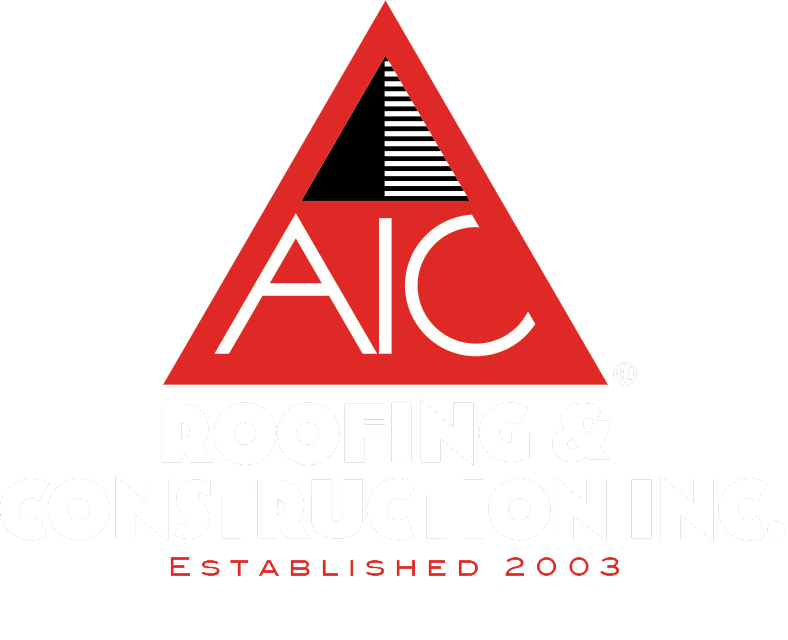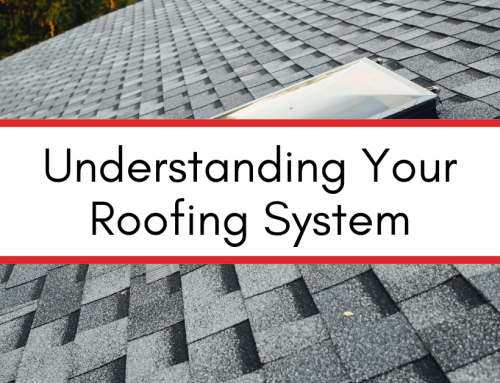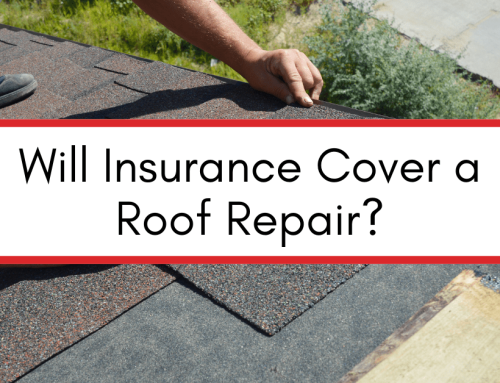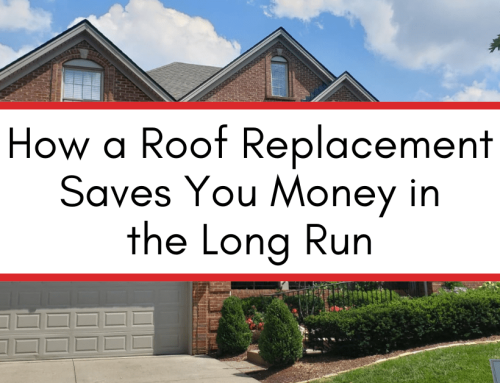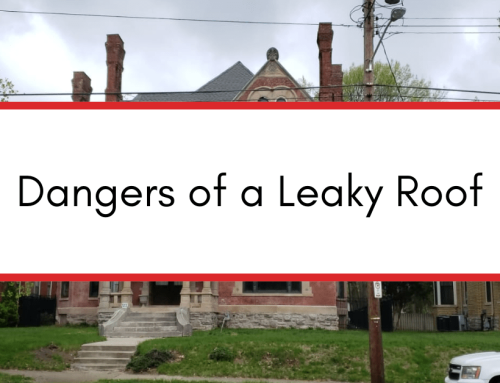Impact resistant shingles are designed to withstand the damaging effects of substantial impacts, such as hail or falling debris. These shingles can protect your roof from costly repairs and ensure the long-term durability of your home. In this article, we cover the basics of impact resistant shingles, explore the science behind their ratings, their benefits, and consider the cost and value of these shingles compared to traditional ones.
Understanding the Basics of Impact Resistant Shingles
Definition and Purpose of Impact Resistant Shingles
Impact resistant shingles, also known as Class 4 shingles, are engineered to withstand extreme weather conditions and impacts. These shingles are designed to provide homeowners with a durable, long-lasting roofing solution that can withstand the harshest elements.
Impact resistant shingles are designed to absorb and dissipate the force of impact. This unique feature reduces the risk of damage to the roof’s underlying structure, providing homeowners with peace of mind during severe weather events.
Whether it’s a powerful hailstorm or strong winds carrying debris, impact resistant shingles offer superior protection, minimizing the need for frequent repairs or replacements. This not only saves homeowners money but also increases their roof’s lifespan.
Key Components of Impact Resistant Shingles
The exceptional impact resistance of these shingles can be attributed to their unique construction. They are typically made from a combination of specialized materials such as asphalt, rubber, and polymers. These materials are carefully chosen for their ability to withstand high-velocity impacts and extreme weather conditions.
In addition to their composition, impact resistant shingles often feature reinforced backing and advanced adhesives. These additional components are crucial in enhancing the shingles’ durability and resistance to impact. The reinforced backing provides extra strength and stability, preventing the shingles from tearing or dislodging during severe weather events.
Furthermore, the advanced adhesives used in manufacturing ensure that the shingles remain securely in place, even in the face of strong winds or heavy rain. This feature is critical in areas prone to hurricanes or tornadoes, where the roof’s integrity is crucial for protecting the home’s entire structure.
Combining specialized materials, reinforced backing, and advanced adhesives makes impact resistant shingles a reliable and long-lasting roofing option. They offer homeowners unparalleled protection against the elements, giving them peace of mind and confidence in the durability of their roofs.
How Impact Resistance is Measured in Shingles
Industry-standard testing procedures, such as the Underwriters Laboratories (UL) 2218 impact test, are used to measure the impact resistance of roofing materials. This test involves dropping steel balls of various sizes from different heights onto the shingles to simulate the impact of debris. The shingles are then evaluated based on their cracking, splitting, or breaking resistance.
The UL 2218 impact resistance rating system ranges from Class 1 to Class 4. Class 4 is the highest level of impact resistance. Class 4 shingles can withstand the force of a 2-inch steel ball dropped from 20 feet without sustaining damage. This level of impact resistance provides homeowners with peace of mind, knowing that their roofs can withstand even the harshest conditions.
The Role of Material and Design in Impact Resistance
The material composition and design of impact-resistant shingles play a crucial role in their ability to resist impact. These shingles are specifically engineered to provide enhanced protection against impact forces.
One key aspect is the use of durable and flexible materials. Impact-resistant shingles are often made from asphalt, fiberglass, or rubberized polymers. These materials can absorb and distribute impact energy across a larger surface area, minimizing the risk of damage to the shingles and the underlying structure.
Cost and Value Considerations
Initial Investment and Long-Term Savings
While impact resistant shingles may have a higher initial cost than traditional shingles, they offer long-term savings and benefits. The extended lifespan and reduced need for repairs or replacements can result in significant cost savings over the roof’s life. Some insurance companies offer discounts on homeowner’s insurance premiums for homes with impact resistant shingles.
Comparing Costs with Traditional Shingles
When comparing the cost of impact resistant shingles with traditional shingles, it is essential to consider the increased durability and longevity of impact resistant shingles. Traditional shingles may require more frequent repairs or replacements, which can add up over time. By choosing impact resistant shingles, homeowners can enjoy a more reliable and durable roofing solution, potentially reducing long-term costs and hassles associated with maintenance and repairs.
Do Impact Resistant Shingles Come In Different Styles and Colors
Yes, impact-resistant roof shingles come in various styles and colors, just like traditional shingles. You can choose from options that mimic the look of slate, wood, or other materials.
In closing
Whether you’re looking for a high-quality roof installation, repair, or new gutters and siding, AIC is here to help. We believe in and practice the best customer service possible, including showing up on time, following through on what we say we’ll do, and treating people with common decency and respect.
Our in-home consultations are free, informative, and low-pressure. Please get in touch with us by texting, calling, or filling out our contact form.
3-tab attics barns chimney choosing a contractor commercial cost curb appeal DIY estimate financing flashing flat roof GAF glossary gutter replacement gutters gutter size gutter system ice dams inspections insurance missing shingles roof design roofing materials roofing system roof leak roof maintenance roof materials roof repair roof replacement roof shapes roof types shingle ratings shingles siding siding materials siding replacement skylights storm damage underlayment ventilation warranty winter
